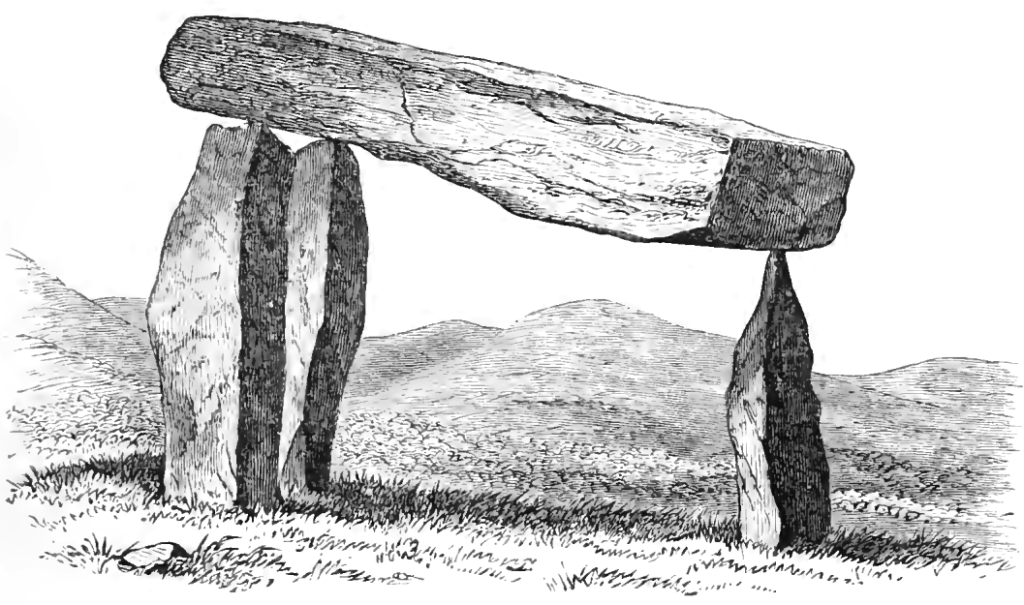Dolmen and Passage tombs – Symbolism of chambered Megalithic Monuments
- chamber provides an artificial contained space made from stone
- connected to the ground and with that to the Earth
- represents womb
- Passage to chamber marking transitions
The term dolmen from the Breton words taol for table and maen for stone was initially used for the horizontal cover stones of chambered megalithic monuments and from late 18th and the 19th was used in France to describe two or more uprights with at least one cover stone. Although many national and regional names exist for the chambered megalithic monuments, the term dolmen is used as an umbrella term for them. There exist also many terms of extended sub-or derived classes of dolmen, e.g. simple and extended dolmen.
Alternative names: Chambered tomb, passage tomb, portal tomb, gallery tomb, Denmark: DYSSE (Dyssenkammeret), Sweden: Dös (Dösar) or Stendös, Portugal: anta, Catalonia: caxa, caixa or arca, Germany: Riesensteingrab, Großsteingrab, Hünenbett, Netherlands: Hunebed.
Dolmen are landmarks in the landscape, visible for everyone. Their appearance has attracted interested at all times. From medieval to modern times dolmen were attracting thoughts of the interested observer and many theories about their purpose were created. In the 18th and 19th centuries they attracted the interest of professional and hobby archaeologists alike. Publications like by Fergusson [1] in the 19th century traced dolmen along the Atlantic facade of Europe and relates them to stone monuments in Africa, Asia and America.

The appearance of dolmen in their recent form, usually without their covering mounds (fig) formed the public image we have of dolmen today. It is used as a symbol in coats of arms (fig) or more generally stands for ancient sites.

However, at the time when dolmen were build and used, they were typically covered by a mound or integrated into a long barrow with different shapes.
Interpretation
Dolmen were associated with burials as in some monuments human bones were discovered inside or associated to them, e.g. in the covering mound or structure. Bones only survive long periods of time when the conditions of the soil allow, specifically the absence of acidity is a requirement. A pure reduction of the function of dolmen to burial places is, however short sided. First, there are monuments with conditions that would allow the preservation of bones, but still no or no significant amount of human bones were found (for example at Newgrange). Further, some scientists argue that in some areas, like in the South-West of England the found amount of individual human remains in chambered long barrows were no match for the expected burials of the Neolithic communities [2]. These considerations and the fact that many excavated findings inside dolmen of different votive items, like ceramics, animal bones and other artifacts suggest that the dolmen were focal points of more complex rituals.
It is with their covering structure that dolmen form a chamber. The builders made an effort to separate the chamber from the soil of the covering structure by carefully chosen upright and covering stones and sealed when necessary bigger gaps with dry stone walling.


The chamber provides an artificial contained space from stone, connected to the ground and with that to the Earth. In some monuments, specifically in Brittany some chambers also contain stone plates on the floor, making a space perfectly surrounded by stone.
The passage of tombs leads into the chamber of the dolmen. The entrance of the chamber is often separated by a sill stone marking a transition. The transitions to enter the chamber is very prominently formed in the passage tombs of Brittany with their low entrance that increases in height and finally widens into the chamber.

Dolmen resemble the female womb. An analogy: Alaskan inuits believe that the passage leading into an igloo is a symbolic vagina. ‘ani’ means ‘to go out of an igloo’ and ‘to be born’. (from [3]).
References
[Bibtex]
@Book{Fergusson1872,
author = {Fergusson, James},
publisher = {J. Murray, London},
title = {Rude stone monuments in all countries : their age and uses},
year = {1872},
}@book{Burl2002,
author = {Aubrey Burl},
isbn = {978-0300090871},
month = {May},
owner = {ograu},
pages = {272},
publisher = {Yale University Press},
timestamp = {2010.03.21},
title = {Prehistoric {A}vebury},
year = {2002}
}[Bibtex]
@Book{lewis2005inside,
title = {{I}nside the {N}eolithic mind: consciousness, cosmos and the realm of the gods},
publisher = {Thames \& Hudson},
year = {2005},
author = {Lewis-Williams, David and Pearce, David},
}